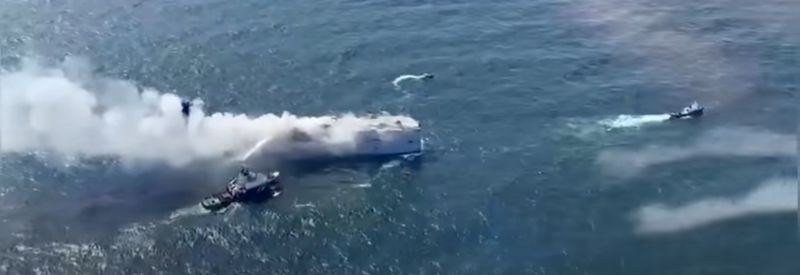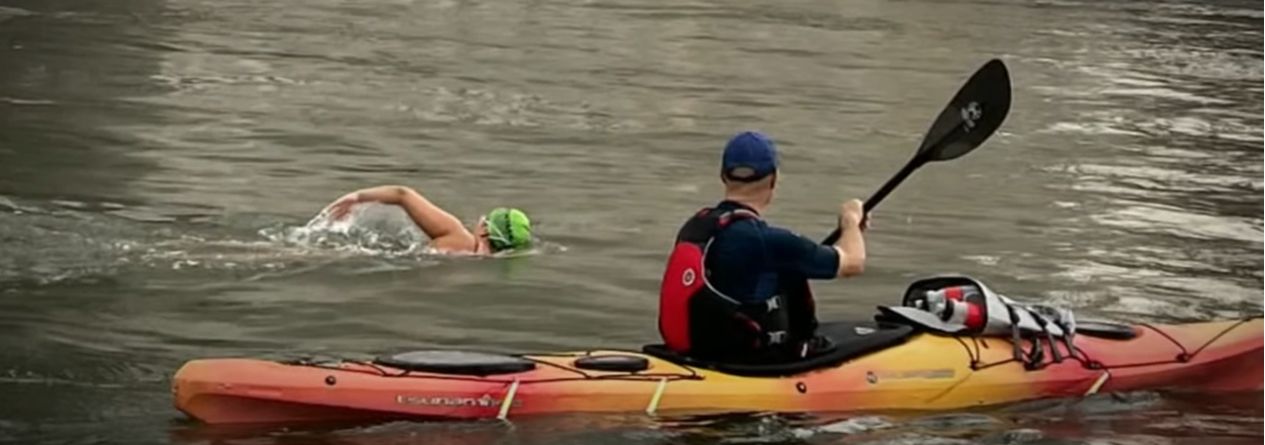 Back in 2021, we posted about a pledge made by Maersk that it would launch the world’s first carbon-neutral cargo liner vessel in 2023 – seven years ahead of its initial 2030 target. This week, Maersk fulfilled that pledge, when its new feeder ship sailing on green methanol embarked on its maiden voyage on July 17. The new ship, to be officially named Laura Maersk in September, departed Ulsan, South Korea on an 11,000 nautical-mile voyage to Copenhagen, Denmark, before entering service in the Baltic.
Back in 2021, we posted about a pledge made by Maersk that it would launch the world’s first carbon-neutral cargo liner vessel in 2023 – seven years ahead of its initial 2030 target. This week, Maersk fulfilled that pledge, when its new feeder ship sailing on green methanol embarked on its maiden voyage on July 17. The new ship, to be officially named Laura Maersk in September, departed Ulsan, South Korea on an 11,000 nautical-mile voyage to Copenhagen, Denmark, before entering service in the Baltic.
Maritime Executive reports that the departure of the 32,300 dwt vessel came just a day after OCI Fuels completed the first green methanol bunkering operation. The containership was fueled with OCI HyFuels ISCC certified green methanol and under arrangement working with Maersk, a supply of green methanol has been established all along the vessel’s route to Europe. Odfjell SE, is the transportation and storage partner, helping to set up the supply of green methanol in Ulsan for yesterday’s bunkering operation.
The Laura Maersk is 564 feet long with a 105-foot beam with a nominal capacity of 2,100 TEU including 400 reefer plugs. She was built with a MAN dual-fuel engine that was expected to give her a top speed of 17.4 knots.
Continue reading →
 The Loch Ness Centre, in partnership with Loch Ness Exploration, is seeking to recruit a small army of volunteers to join in what is described as the biggest search for the Loch Ness monster in 50 years. The Quest weekend is scheduled for Aug. 26 and 27.
The Loch Ness Centre, in partnership with Loch Ness Exploration, is seeking to recruit a small army of volunteers to join in what is described as the biggest search for the Loch Ness monster in 50 years. The Quest weekend is scheduled for Aug. 26 and 27.
 The
The  One hundred and eighty years ago last month, Isambard Kingdom Brunel’s
One hundred and eighty years ago last month, Isambard Kingdom Brunel’s  Sailors have always watched the sky. This August, the sky is putting on quite a show.
Sailors have always watched the sky. This August, the sky is putting on quite a show.
 Have cruise ships worn out their welcome? Increasingly, port cities around the world are banning or regulating cruise ship dockings and operations in their coastal waters. Amsterdam has become only the most recent to do so.
Have cruise ships worn out their welcome? Increasingly, port cities around the world are banning or regulating cruise ship dockings and operations in their coastal waters. Amsterdam has become only the most recent to do so.

 Near midnight on Tuesday, the car carrier
Near midnight on Tuesday, the car carrier  In 1863,
In 1863, 
 Back in 2021, we
Back in 2021, we  We have posted about
We have posted about  An Australian sailor and his dog were recently rescued by a Mexican tuna trawler after surviving for almost three months at sea.
An Australian sailor and his dog were recently rescued by a Mexican tuna trawler after surviving for almost three months at sea. The
The  When the
When the 
 We have followed the
We have followed the  In Miguel de Cervantes’ epic novel
In Miguel de Cervantes’ epic novel